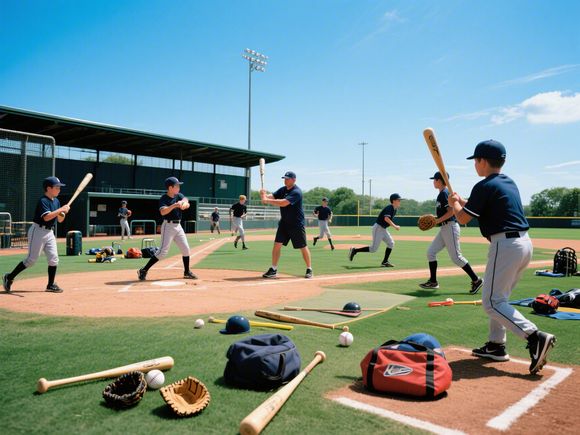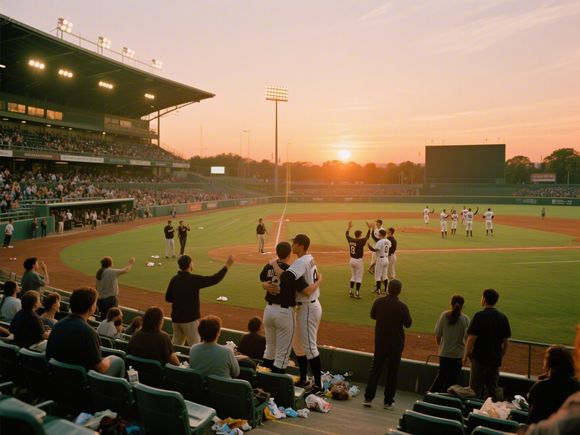Boston Red Sox Take Calculated Risk: Campbell’s First Base Experiment Sparks Discussion
Unexpected Roster Shakeup
The Boston Red Sox have made a daring roster decision, transitioning rookie standout Kristian Campbell to first base after Triston Casas' knee injury ended his season. This unprecedented move challenges the 22-year-old to learn a completely new position - one he's never played professionally.
Why This Makes Sense
Immediate Need Meets Long-Term Potential
With temporary replacements struggling since May, manager Alex Cora emphasized: "We needed sustainable solutions, not quick fixes." Campbell's athletic profile (6'3", 210 lbs) and Triple-A offensive dominance (.330 AVG/20 HR/77 RBI) made him an unconventional but logical choice.
Defensive Tradeoffs
While Campbell's second base defense shows variability (-2 DRS to +1 UZR in 2024), his work ethic stands out. "I'll put in the reps needed," Campbell told media, already practicing double play footwork daily.
Ripple Effects Across the Organization
- Prospect Pipeline: Opens second base for MLB's #8 prospect Marcelo Mayer
- Veteran Dynamics: Contrasts with Rafael Devers' refusal to switch positions
- Development Risk: Balances Campbell's hot MLB start (.375/.813 SLG) against defensive learning curve
Historical Precedents
While Position Changes remain rare, successful transitions include:
- Andrew Benintendi (OF to 1B)
- J.T. Realmuto (SS to C)
- Anthony Rizzo (3B to 1B)
What insiders are saying
Cora remains optimistic: "Kristian's curiosity reminds me of young Mookie Betts. He's asking smart questions about positioning and footwork." Scouts note his quick transfer skills could translate well to infield corners.
Key Factors to Watch
- Campbell's ability to handle inside throws
- Impact on his offensive production
- Marcelo Mayer's readiness at second base
Why This Matters
This decision reflects Boston's aggressive approach to roster building. If successful, it could create flexible defensive alignments for years. If it fails, it risks stunting a promising player's development during crucial MLB adjustment years.






